Great body, shame about the power
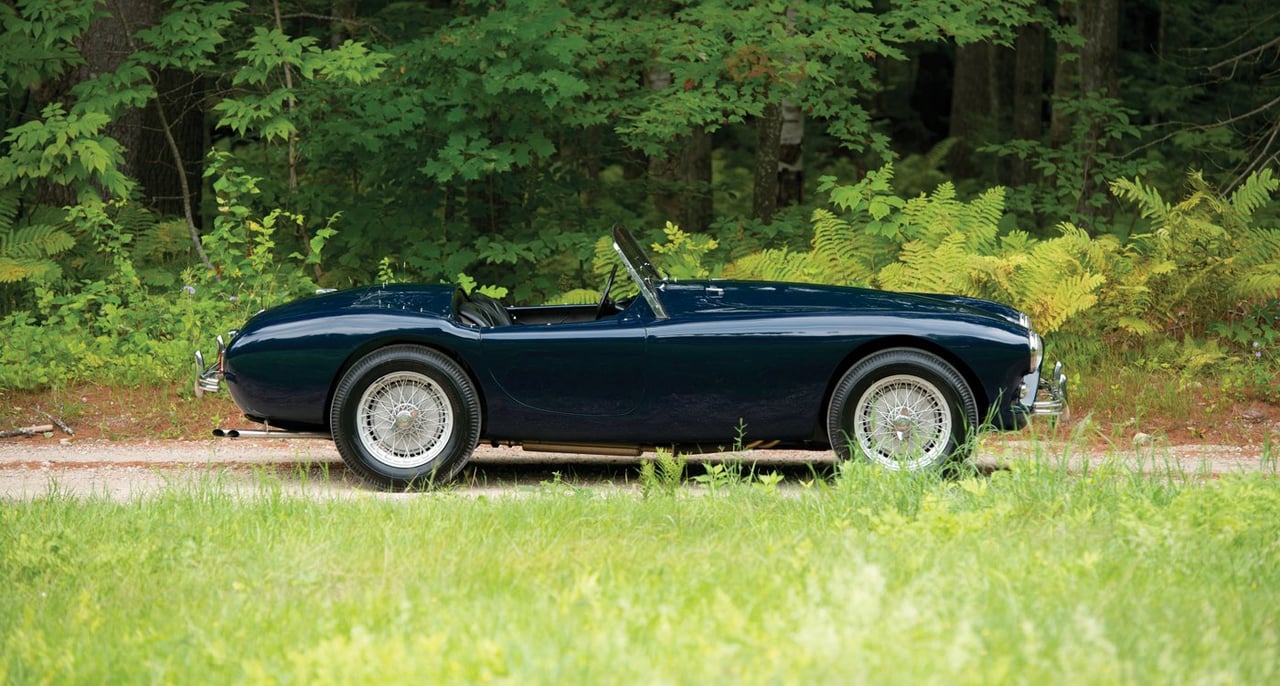
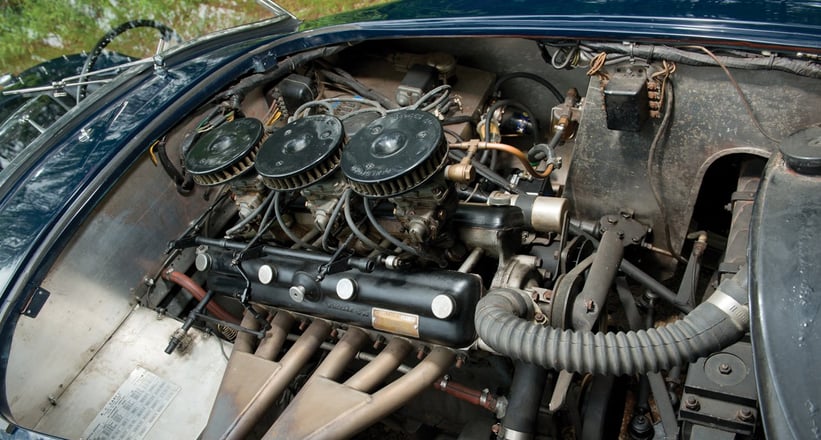
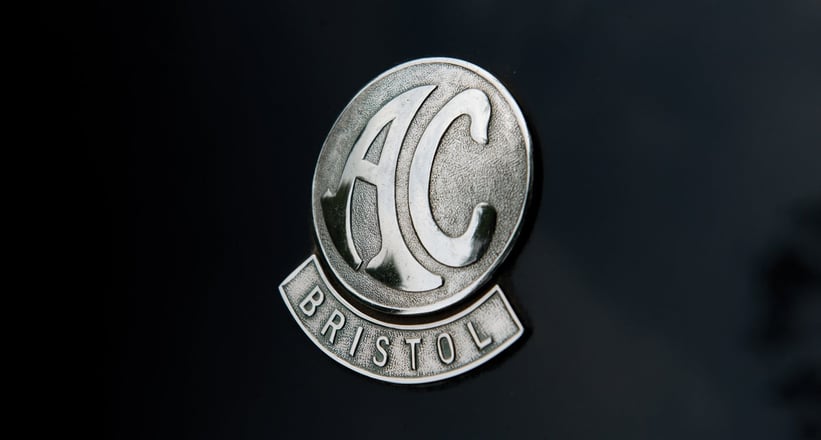
Launched back-to-back in the mid-50s, the Ace roadster and Aceca coupé were warmly welcomed by the UK’s ‘sporting’ motorists. Taking much from John Tojeiro’s sports-racer (commonly known as ‘LOY 500’), the cars offered an enthralling steer on track, yet were versatile enough to be driven day-to-day on the road. AC’s claims of driver comfort being “our first consideration” might have been a little wide of the mark, but additions such as map pockets and an adjustable steering wheel certainly made life easier.
“The machine does all the right things, all the time.” These words from the renowned Autosport road-tester John Bolster help to explain why the AC Ace – unveiled at the London Motor Show in October 1953 – grew to be such a highly popular sports car. With fully independent suspension, the Ace gave astoundingly good road-holding, while its Italian-influenced bodywork added sleek good looks to an already attractive package. If only it were a bit faster…
…and thanks to the 1971cc six-cylinder Bristol engine, it soon was: from 1956, it was possible to choose an upgrade to Ace-Bristol specification. With 103bhp to begin with, increased to 125bhp in its ultimate D2 form, the Bristol-engined Ace wasn’t earth-shatteringly powerful, but it was quite perky enough to attract a great many more buyers – and to create the basis for some terrifically successful competition cars.
And now with a roof...
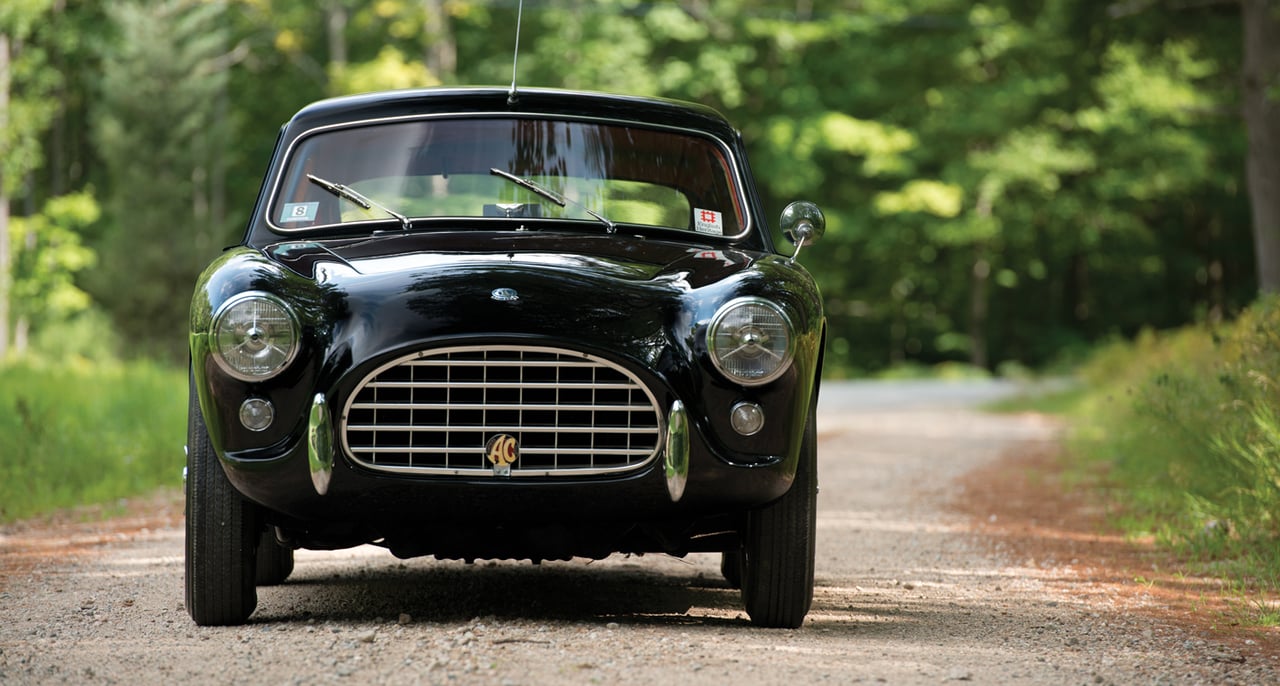
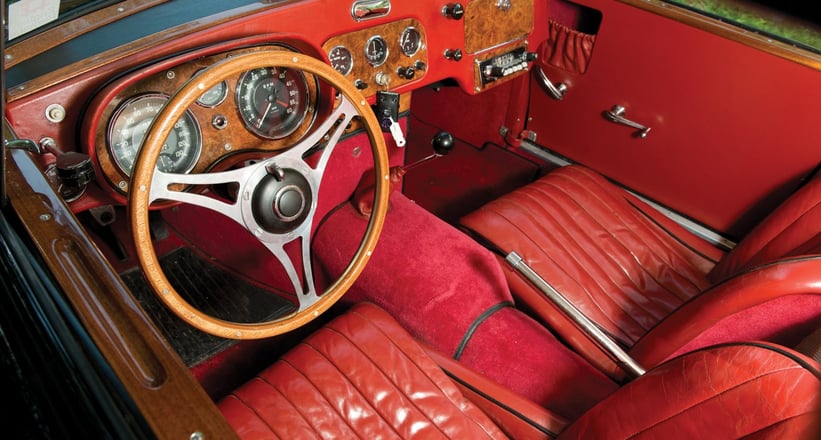
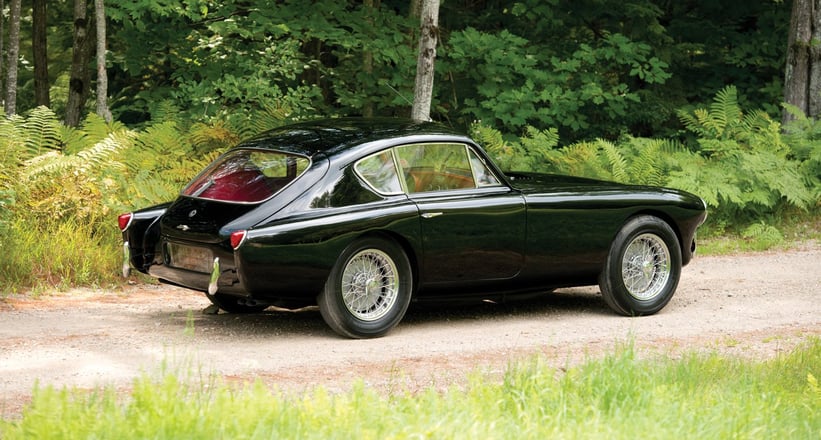
Such was the reaction to the open-topped Ace that, in 1954, AC debuted a coupé version – the Aceca. Along with the metal roof, Aceca owners could enjoy greater comfort and refinement, with such sound-absorbing niceties as rubber bushes and a good, thick layer of glassfibre twixt engine and passenger compartment.
But don’t make the mistake of thinking it was any less of a driving enthusiast’s car: the Aceca boasted the same four-wheel independent suspension as the roadster, plus – from 1956 – the option of that 1971cc Bristol engine. As RM’s catalogue points out, road tests of the time claimed that “most amateur drivers would run out of skill before approaching the Aceca-Bristol’s own limits”.
Back to the racing. In professional hands, a Bristol-engined AC proved its worth with a class win at Le Mans in 1959 – a success that was to said to alert one Carroll Shelby, setting in motion the wheels of the soon-to-be-legendary Cobra. The Bristol-powered cars might not have remedied the humble AC’s shortcomings quite to the extent their thunderous American descendants would do, but in this all-Anglo collaboration, we were given a traditional British sports car that not only fared well in competition, but also outsold the far more modestly priced standard AC cars.
Photos: Darin Schnabel for RM Auctions

























